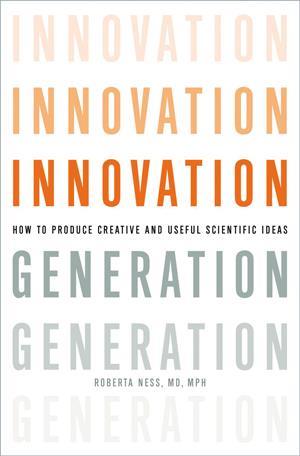Roberta Ness
Oxford University Press
2012 | 262pp | £18.99
ISBN 9780199892594

Roberta Ness, dean of the University of Texas School of Public Health and vice president for innovation at the University of Texas-Houston, believes that with a little know-how and lots of practice, innovative thinking is a skill that can be taught. In Innovation generation, she uses her experience of teaching innovative thinking in the classroom to tackle this difficult subject.
In the first part of the book, Ness puts across the core idea of breaking rigid frames of thought to invoke innovation. She tells the story of Nobel laureates Robin Warren and Barry Marshall who found that a bacterium (Helicobacter pylori) caused stomach ulcers. These scientists ingested the bacteria themselves to prove causation and break the rigid frame of thought that bacteria could not grow in an acidic environment. After discussing ways to overcome biases, Ness suggests ways to hone your own observation skills to make the most of what your environment has to offer.
In the second part, Ness breaks down the process of generating ideas and shows that it is not that difficult to generate ideas at a rate of 100 per hour if some simple advice is followed. Ness then goes on to discuss group intelligence, organisations and the difficulty science has in adapting to revolutionary ideas, but misses out on exploring how the key unit that generates scientific ideas, a research group, can do better.
Nevertheless, through 24 short, insightful chapters, Ness provides the reader with plenty of new tools to overcome barriers and encourage innovative thinking. Innovation generation comes at a time when the need for scientific innovation has never been more urgent, and I would recommend that at least one person in every research group read this book and discuss it in their journal clubs.
Purchase Innovation generation from Amazon.co.uk. RSC members can obtain this book direct from the publishers for a 25% discount on the RRP. See the RSC member benefits page for details.












No comments yet